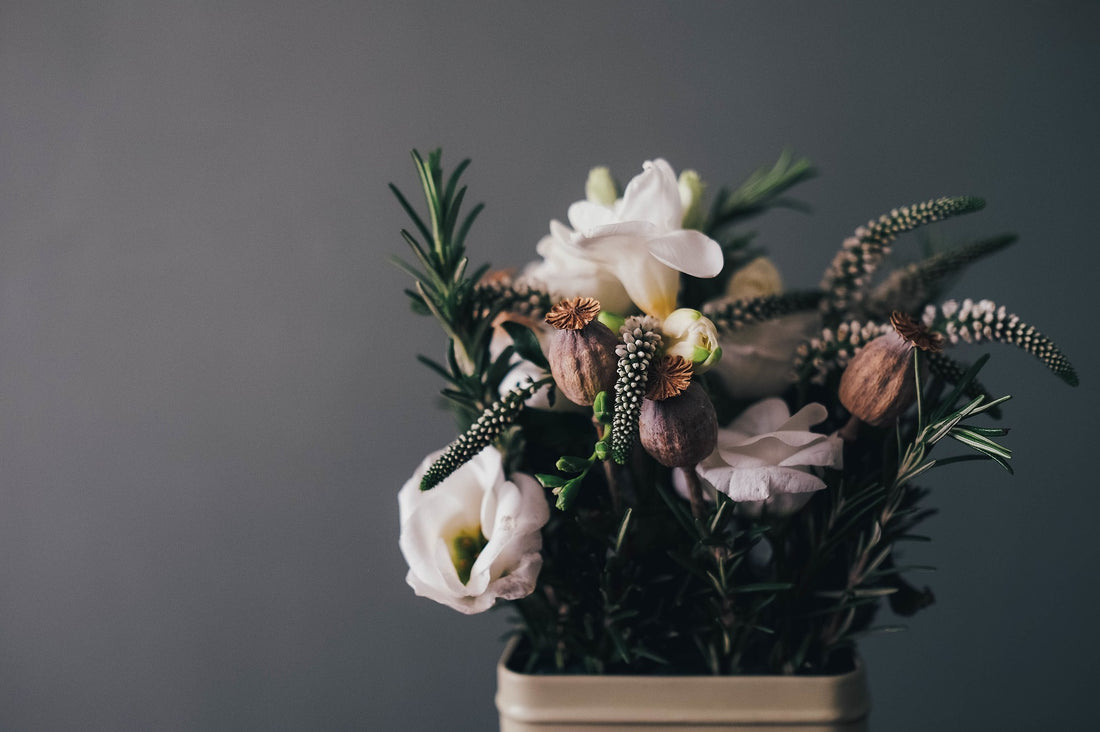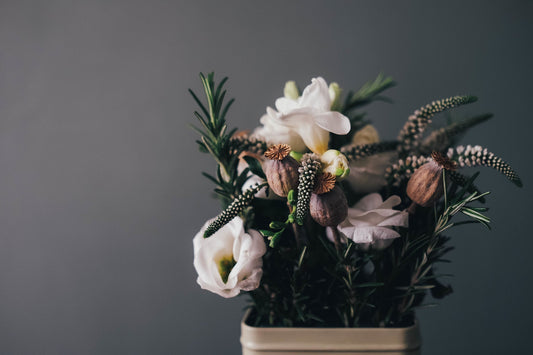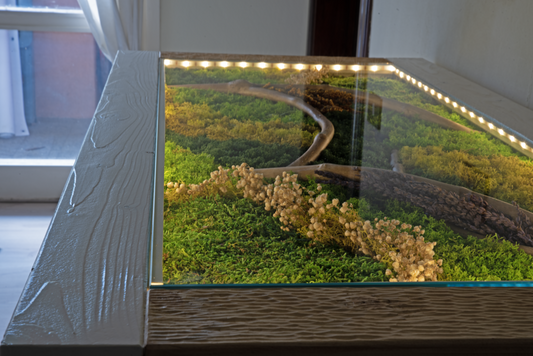It is important to separate 2 plant conservation processes : Plant stabilization and preservation. Stabilization is done using live plants . This technique allows the plant to keep fresh after harvest. On the other hand, plant preservation is done by dried plants . This process rehydrates the plant . Plant stabilization is the most reliable technique over time and also the most expensive. We will tell you about this process.
STABILIZATION BY CAPILLARITY (FOLIAGE)
This is the original stabilization technique . The foot of the still fresh plant is immersed in 5 cm of stabilizing solution. This solution is based on vegetable glycerin, water, food colors and nutrients . Glycerin helps retain water within the plant and food coloring gives the desired color . The nutrients are used to feed the plant during the establishment process, which takes a few days. After absorbing this replacement sap , the stabilized plant is dried for 24 hours. Each plant species has its own specificities : the temperature of the stabilization solution, the duration of absorption, the harvesting period or the nutrients used are all factors which ensure the success of stabilization for each species. This technique, considered the noblest , allows you to obtain new colors of foliage, while preserving the natural color of the branches and stems . They are generally thicker and do not let dyes flow onto the surface. Capillary action stabilization is also used for certain flowers such as statice, which is stabilized simply by stabilizing the stem, the flower being naturally dry.
DOUBLE IMMERSION STABILIZATION (FLOWERS)
This is the most common technique for flower stabilization . Flowers must be extra fresh for successful establishment. There are some species of flowers that are particularly suitable for this process. This technique consists of two phases of immersion. The first phase consists in immersing the flower for 24 hours in a pure alcoholic solution . The goal is to dehydrate the flower while maintaining its original shape. During this first immersion it also loses its original colour . The second dipping solution consists of alcohol , propylene glycol , glycerin , and food coloring . Propylene glycol and glycerin, under the catalytic effect of alcohol, are responsible for the rehydration of the flower . Food colors give it the desired color . The flower heads are stabilized without their stems as they would take on the color of the flower.




